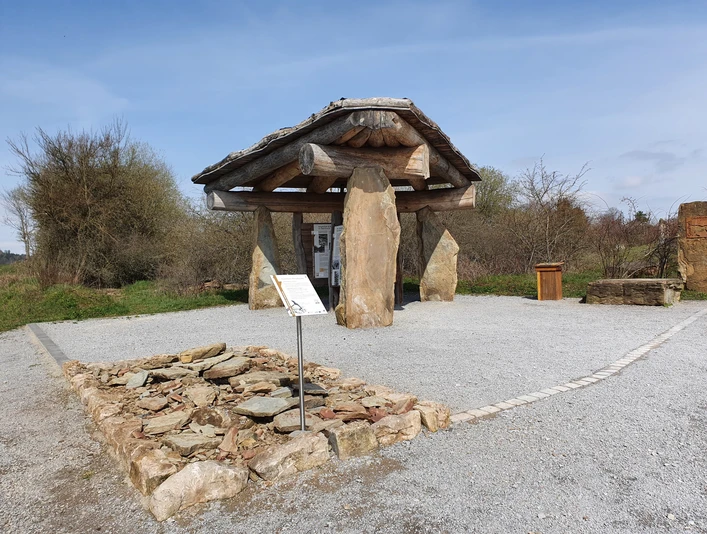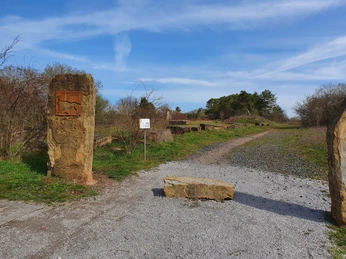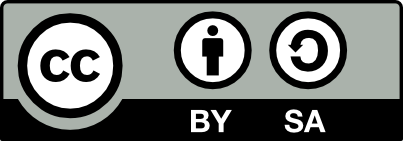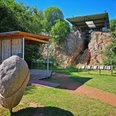The rocks represent the typical continuous alternation between terrestrial and marine environments in the Upper Permian, which is characteristic of the entire eastern edge of the Rhenish Massif and particularly of the Waldeck-Frankenberg district.
Recently, a new interactive augmented reality project was introduced at the Hohenäcker quarry! Use the QR codes at https://www.geopark-grenzwelten.de/steinbruch-hohen%C3%A4cker-frankenberg.html and experience the Hohenäcker quarry and the "Frankenberger Kornähre" from anywhere!
The information is presented in the form of audio files, animations, and a 3D simulation, allowing you to dive deep into a world 255 million years ago! As a highlight, you can take lifelike photos with the "Frankenberger Kornähre" and your friends and family. Together, we bring the past to life!
The strongly terrestrial-influenced lagoon facies of the "Stätteberg Formation" is almost entirely exposed in its thickness of around 13 meters. It consists of clay and marl stones, carbonates, and bituminous limestones and dolomites with a depleted marine fauna. Yellow-brown sandstones are intercalated, which were deposited as delta sediments in a shallow marginal sea. Well-recognized sediment structures (cross-bedding, ripple marks, rolling, and grinding traces) provide information about the deposition conditions at that time.
Numerous fossils can be found in the sediments. Besides shells and snails, remains of Zechstein-era conifers such as Pseudovoltzia and Ullmannia, known as the "Frankenberger Kornähren," have been discovered. These findings offer a unique insight into the plant world at the edge of the Zechstein Sea. Thus, the Hohenäcker quarry serves as the floristic counterpart to the Korbach Spalte, whose bone finds of Upper Permian vertebrates provide a globally unique document of the terrestrial fauna of the Zechstein era.
TIP: At the entrance area of the quarry, there is an information pavilion as well as a fossil pounding place for children. Please bring a hammer or similar tool!
For more information, guided tours, and events by the GeoPark, please visit https://www.geopark-grenzwelten.de.
Good to know
Payment methods
Social Media
Author
Astrid Krumpholz
Organization
License (master data)
Nearby





